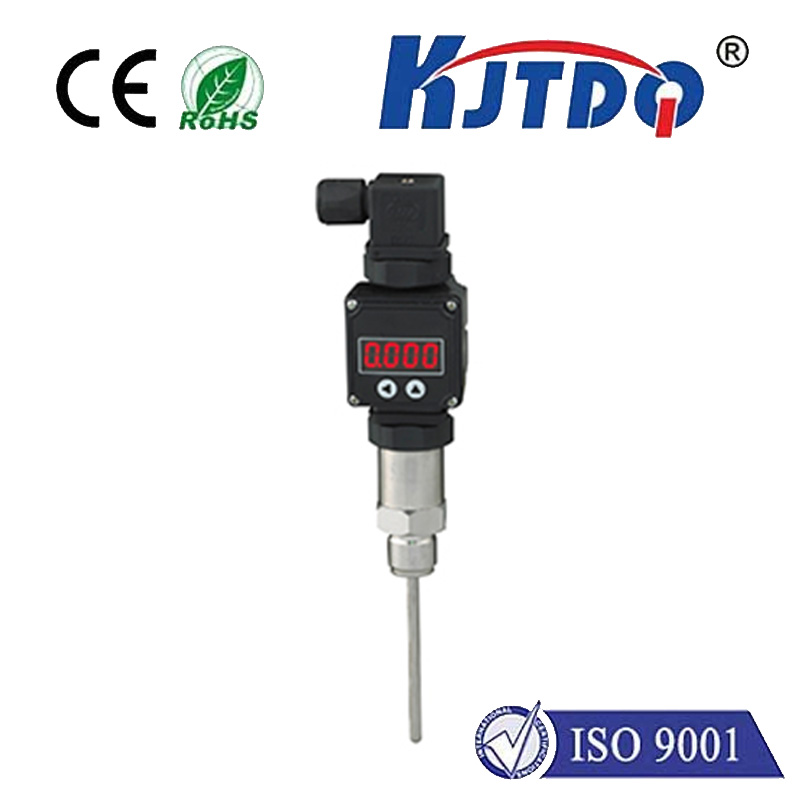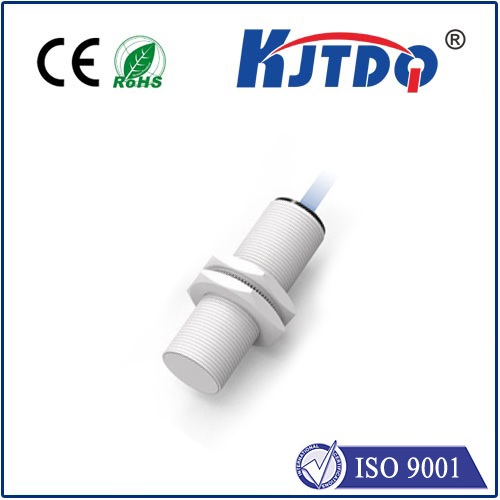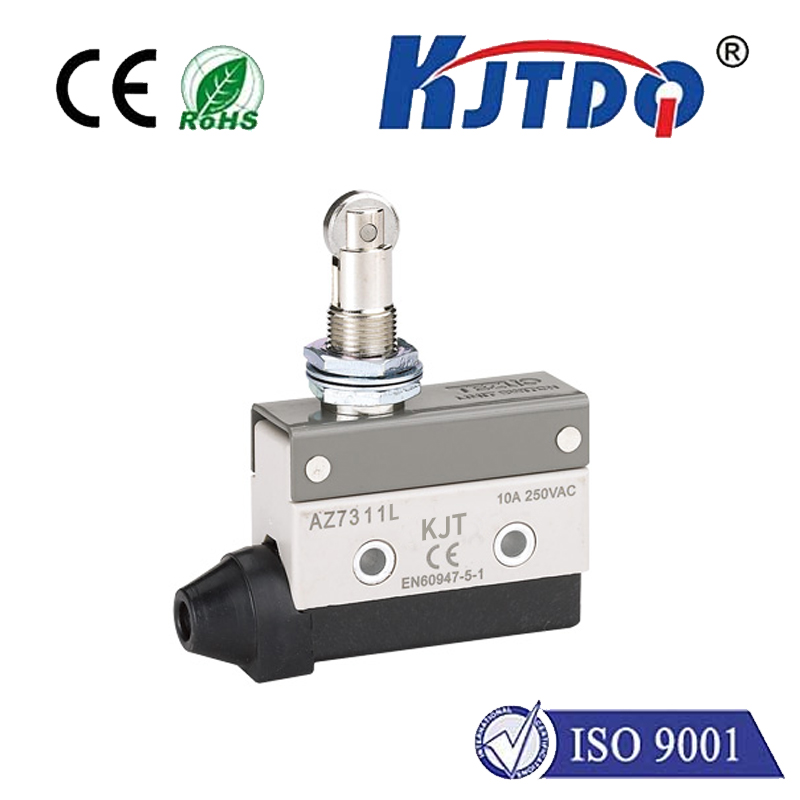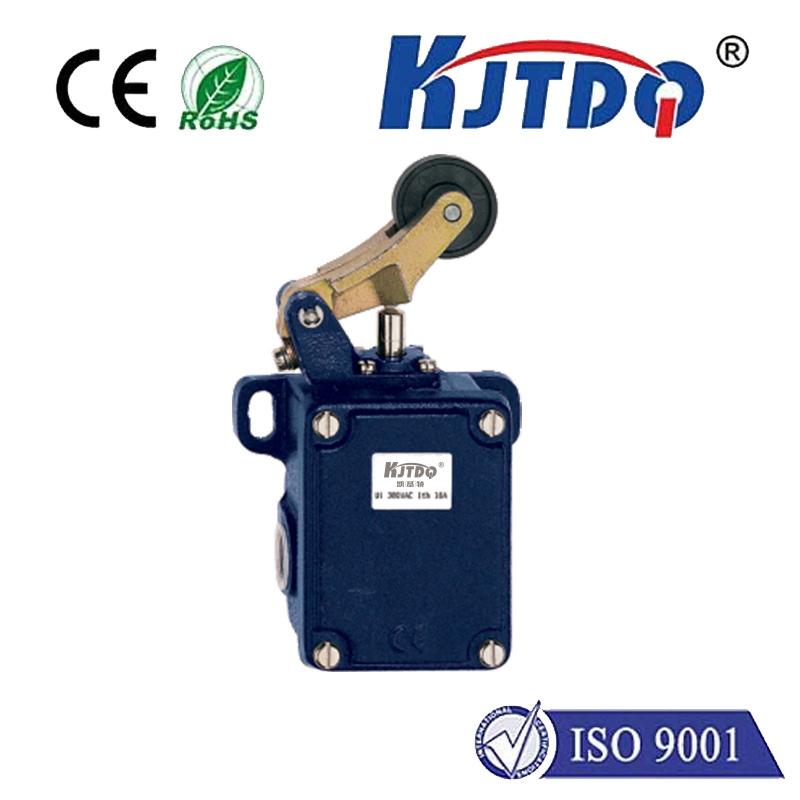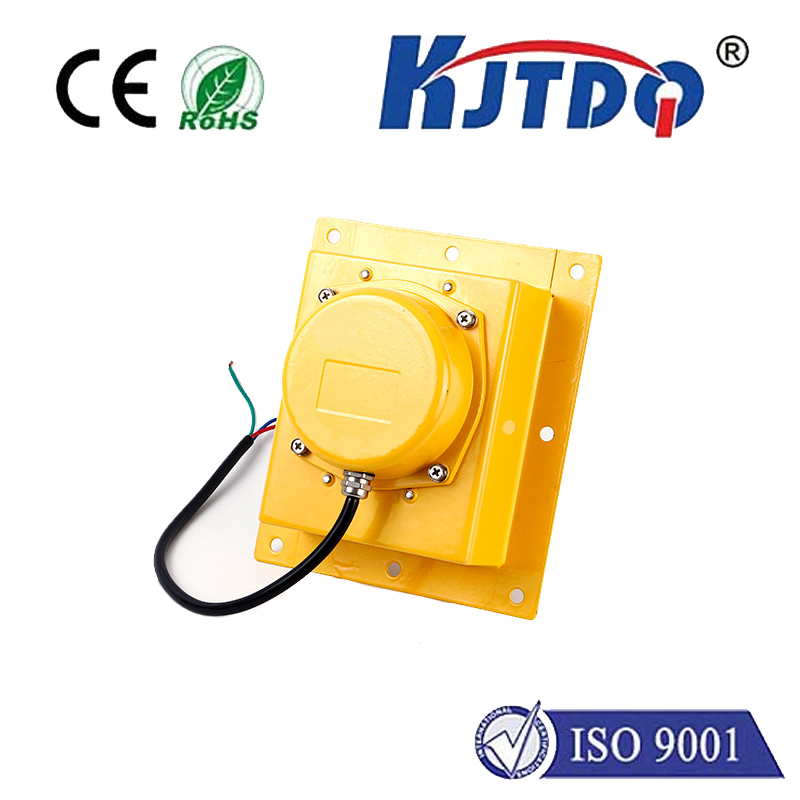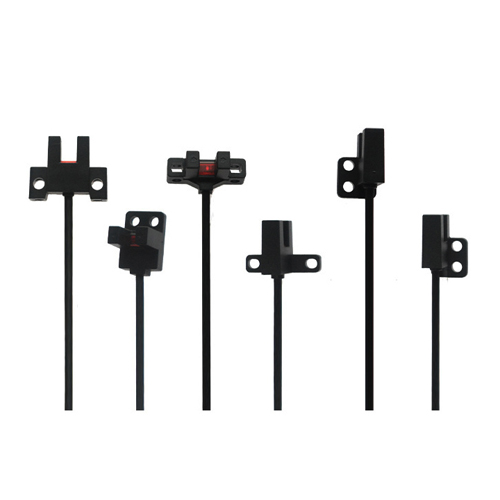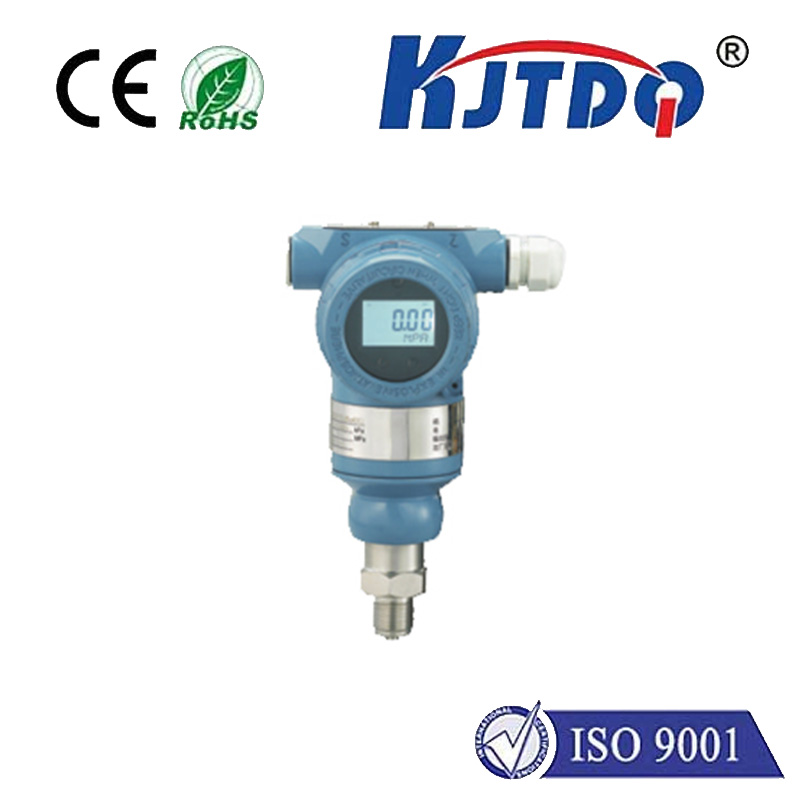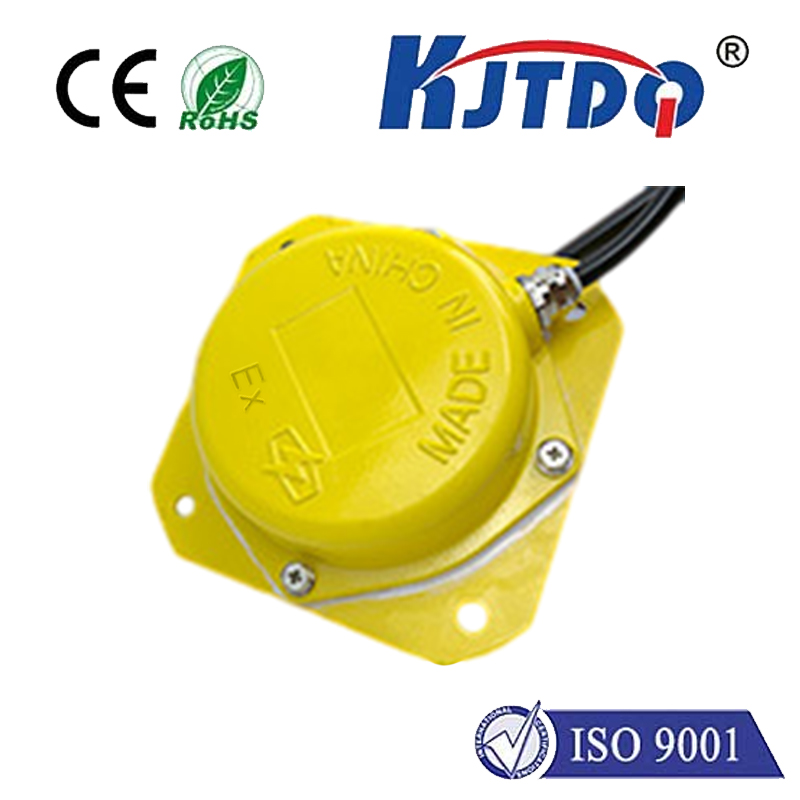sensor hsr04
- time:2025-06-24 03:09:12
- Click:0
Unlocking Proximity Detection: Your Complete Guide to the HSR04 Ultrasonic Sensor
Imagine a world where machines perceive distance with the effortless grace of a bat navigating the night. From robotic vacuum cleaners weaving between furniture legs to parking sensors warning of an unseen curb, distance sensing is the silent, crucial sense empowering modern automation. At the heart of countless accessible projects lies a remarkably affordable and effective component: the ubiquitous HSR04 ultrasonic sensor (more widely recognized as the HC-SR04). This guide delves deep into understanding, utilizing, and mastering this fundamental tool for distance measurement.
What Exactly is the HSR04 Sensor?
Often interchangeably called HC-SR04, this sensor is an ultrasonic ranging module. It operates on a principle similar to sonar used by ships or echolocation used by bats. Fundamentally, it calculates the distance to an object by precisely measuring the time taken for high-frequency sound waves to travel to the object and bounce back. Its popularity stems from its low cost, relative ease of use, reasonable accuracy for many applications, and non-contact operation. You’ll frequently find it powering robotics, obstacle avoidance systems, simple security devices, and interactive art installations.
Demystifying the HSR04’s Operation: Sound Waves in Action

The magic of the HSR04 ultrasonic sensor lies in its elegant simplicity:
- Triggering the Pulse: Your microcontroller (like an Arduino, Raspberry Pi, or ESP8266) sends a short (typically 10µs) high-level signal to the sensor’s trigger pin. This initiates the measurement cycle.
- Sonic Emission: Upon receiving the trigger, the sensor emits a focused burst of eight ultrasonic pulses at 40 kHz. This frequency is well above human hearing range but perfect for accurate ranging.
- The Waiting Game: The sensor’s electronics switch to listening mode immediately after emission. It starts an internal timer, patiently waiting for the reflection (echo) to return.
- Echo Reception: When the emitted sound waves strike an object, they reflect back towards the sensor. The built-in receiver detects these returning waves.
- Time-to-Distance Conversion: The sensor measures the exact elapsed time between sending the ultrasonic pulse and receiving its echo. It then outputs a high-level signal pulse on its echo pin. The duration of this echo pulse is directly proportional to the distance traveled. The microcontroller measures this pulse duration.
- The Math: Distance is calculated using a fundamental physics equation:
Distance = (Speed of Sound * Time) / 2
- Speed of Sound: Varies slightly with temperature (~343 meters per second at 20°C / 68°F). For enhanced accuracy, temperature compensation can be implemented.
- Time: Measured pulse duration of the echo signal (in seconds).
- Division by 2: Since the sound travels to the object and back, the measured time represents twice the actual distance to the target.
Core Components & Pinout Simplicity
The HSR04 module is incredibly compact, typically featuring:
- Ultrasonic Transmitter: Generates the 40kHz sound pulse.
- Ultrasonic Receiver: Detects the returning echo.
- Control Circuitry: Manages the trigger/echo timing and signal processing.
- Four Crucial Pins:
- VCC: Connect to +5V DC power. Using 3.3V logic? Ensure your specific module supports it!
- GND: Connect to the common ground.
- Trig (Trigger): Input pin. Send a 10µs high pulse here to start measurement.
- Echo: Output pin. Goes high and stays high for a duration proportional to the detected distance.
Integrating the HSR04: A Typical Workflow
Connecting and using the HSR04 is straightforward, especially with popular platforms:
- Wiring: Connect VCC to 5V, GND to GND, Trig to a digital output pin on your microcontroller, and Echo to a digital input pin capable of pulse measurement.
- Code Essentials (Pseudo-Code):
- Set the Trig pin as OUTPUT and the Echo pin as INPUT.
- Generate the 10µs trigger pulse on the Trig pin.
- Immediately use a function like
pulseIn() (Arduino) to measure the duration (in microseconds) the Echo pin stays HIGH.
- Calculate distance:
Distance (cm) = (PulseDuration * SpeedOfSound) / (2 * 10000) [Approx Speed = 343 m/s = 0.0343 cm/µs => distance_cm = pulse_duration_us * 0.0343 / 2]. Basic formula often simplified as distance = pulse_duration_us / 58.0 for cm, or / 148.0 for inches, assuming standard conditions. Understanding the underlying physics is key.
- Timing is Key: Ensure sufficient delay (e.g., 60ms) between consecutive measurements to prevent interference (“crosstalk”) from the previous echo.
Where Does the HSR04 Shine? Versatile Applications
The ultrasonic sensor HSR04 finds its niche in numerous projects demanding contactless proximity or presence detection:
- Robotics & Drones: Essential for obstacle avoidance, collision prevention, and navigation in mazes or complex environments.
- DIY Parking Sensors: Create custom rear or front proximity warnings for vehicles or garages.
- Liquid Level Monitoring: Measure tank levels without contact with the liquid.
- Interactive Installations: Trigger effects or actions based on user proximity or gesture detection.
- Simple Security Systems: Detect movement or presence within a defined range.
- Smart Home Projects: Automatic lighting control (turn on when someone approaches), non-contact switches.
- Bin Level Indicators: Monitor waste bin fill levels.
- Educational Tools: Excellent for learning about sensors, microcontrollers, physics (sound waves), and coding logic.
Strengths and Limitations: Choosing Wisely
Understanding when the HSR04 ultrasonic module excels and where alternatives might be better is crucial:
- Pros:
- Extremely Affordable: The cornerstone of its widespread adoption.
- Non-Contact: Ideal for delicate objects or harsh environments.
- Moderately Accurate: Generally ±3mm to ±1cm accuracy within its effective range is sufficient for many hobbyist and some professional uses.
- Decent Range: Typically measures effectively from 2cm up to about 400-450cm, depending on object size, material, and environmental factors.
- Relatively Easy to Interface: Simple digital trigger/echo interface compatible with most microcontrollers.
- Cons / Challenges:
- Ambient Conditions Matter: Temperature variations affect the speed of sound, impacting accuracy. Humidity and air turbulence can also scatter sound waves. Compensate for temperature if high precision is critical.
- Object Properties Affect Performance: Soft, angled, or sound-absorbing materials (like foam or fabric) reflect poorly, potentially causing missed detections or inaccurate readings. Small objects might not reflect enough sound energy.
- Crosstalk: Using multiple HSR04 sensors close together can cause












